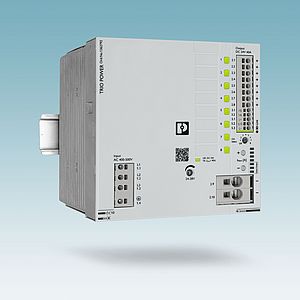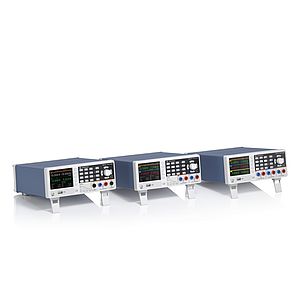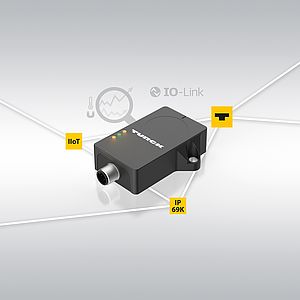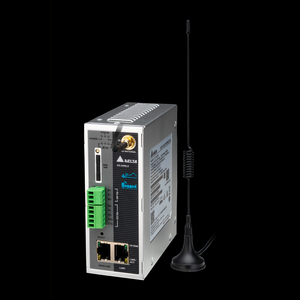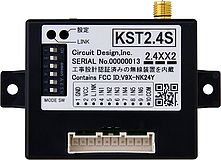"Distributed intelligence" usually refers to pushing code execution out into the field, closer to the process being controlled. But, as prices for electronic components fall, intelligent IO modules are taking over some local tasks within a single control system. According to ARC Advisory Group, these microprocessor-controlled modules are suitable for many different applications including motion control, counters, encoders, measurement (temperature, pressure, weight), safety, or as serial communication interfaces for networks. These modules typically perform these tasks on their own while sending status and control information to the PLC over the backplane or a network.
Common networks, such as Profinet, Profibus, EtherNet/IP, DeviceNet, Powerlink, EtherCAT or SERCOS, are usually found in new equipment to handle communication with remotely installed devices. In addition to supporting these networks, many suppliers of intelligent IO modules now also offer wireless IO devices to allow communication in circumstances where cabled IO might be impossible or too costly. These restrictions might include long distances, high temperatures, magnetic fields, or rotating equipment. The benefits of wireless communication in these situations are obvious.
Despite a clear value proposition for wireless IO, some users still have doubts. However, considering what is at stake, these doubts are justified. The biggest problems tjatmight keep end users from using wireless IO are availability, reliability, and, of course, speed. In the case of speed, today's wireless networks typically provide speeds of up to 300 Mbps, which is enough for most applications. Future wireless generations will manage speeds of up to 1 Gbps, similar to speeds achieved by cabled networks. Concering reliability, if we look at the WLAN systems installed in our homes and offices, disconnections are quite rare. But this testimony doesn't count much for industrial applications where network connections absolutely have to work around the clock with no interruptions. For this reason, suppliers of wireless IO systems often provide redundant systems to reduce the chance of disconnections.
Later this year, ARC Advisory Group will release an update of its IO modules Market Outlook Report. In this report, ARC will analyze the market for wireless IO as well. The report will give a detailed picture to what extent the market might grow, and in which areas.
Wireless IO as an Option for Difficult Circumstances
ARC Advisory Group reports on industrial trend
- July 18, 2012
- 663 views









